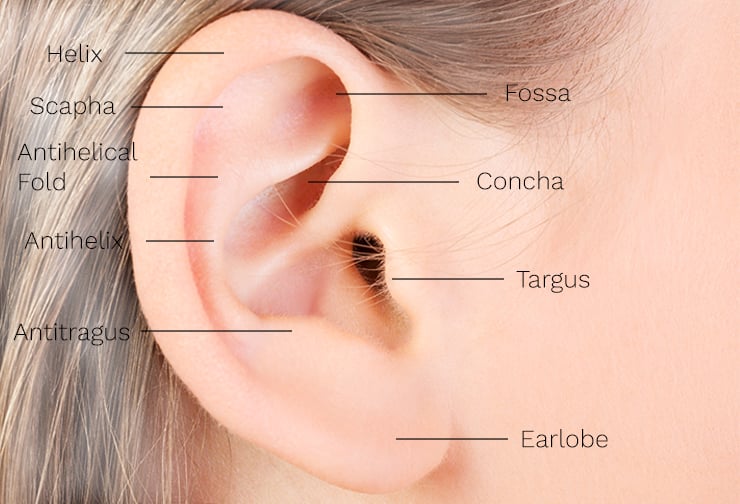
Never give up on a dream just because of the time it will take to accomplish it. The time will pass anyway.
– Earl Nightingale

Never give up on a dream just because of the time it will take to accomplish it. The time will pass anyway.
– Earl Nightingale
When talking about “prominent” ears, it is often defined as ears that protrude from the head so much that they look like they’re sticking out. Size is not an issue here — it’s the extent to which the ears stick out from the head. That means your ears may be proportionately the “right” size, or they could be larger. Setback otoplasty, also known as pinnaplasty, is a procedure that reduces ear prominence. Ear anatomy and causes of protruding ears are reviewed to determine the best course of treatment for a patient.
etback otoplasty reduces the prominence of the external ear. It is a procedure that has been around for over a century. In fact, the first recorded otoplasty for aesthetic purposes in medical literature was in 1881. Edward Talbot Ely, an American surgeon known as the “Father of Aesthetic Otoplasty”, performed the surgery on a 12 year old boy who suffered from psychological distress due to his prominent ears.
Generally speaking, ears appear overly prominent when there is a distance of over 2cm from the side of the head, forming an angle of more than 25°. They will appear prominent from the front or back view. However, just because studies have provided these measurements as a reference, it doesn’t mean that they should always be followed. You may find that your ears look like they stick out even though there’s a distance of less than 2cm from your head. It’s all about your perception.
The external or outer ear is also called the pinna, auricula and auricle. It is a structure that is made mostly of cartilage and a thin covering of skin. The only part of the ear that doesn’t have cartilage is the earlobe, which is made up of skin and fat. The main purpose of the pinna is to collect sound.

If you look at the structure of your ear, you can see what part is at fault for making your ears stick out. Here are the three top reasons:
It is not unusual for a combination of these anatomical features to contribute to protrusion as well.

Setback otoplasty can have such a positive effect on the psychological state of my patients. It's amazing to see sometimes!
– Dr. Leila Kasrai
As an experienced otoplasty surgeon, it’s important that your ears are first examined to determine what anatomical feature is causing your prominent ears. It is only then that an effective surgical plan can be designed for you to achieve the results you want. While it is not usually the case, other possible deformities are also pinpointed so they can be corrected at the same time as your setback otoplasty. But on average, most patients tend to just have prominent ears, rather than another deformity (like excessively large ears, also known as macrotia).
In addition to achieving outlined goals, there are three things that I strive to do for every patient who wants to correct their prominent ears: